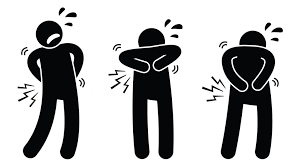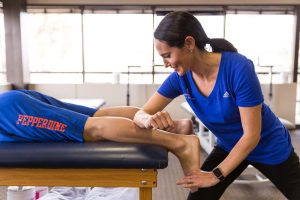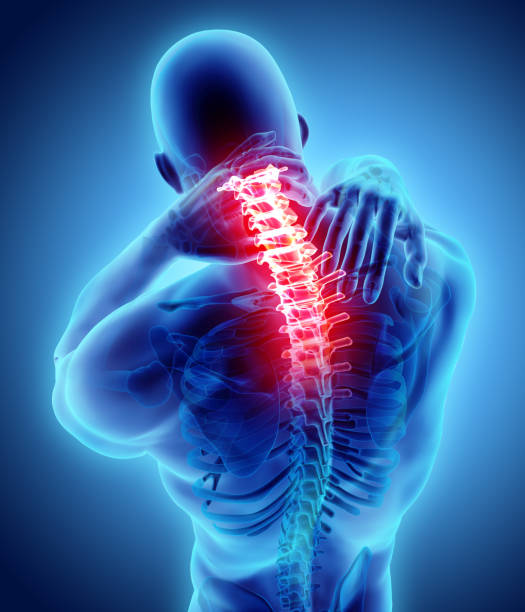Pain is a normal human experience and is often a good guide to the best healing behaviors- sometimes rest is beneficial and sometimes movement is beneficial. Each part of your body has nerves in and around them. These nerves connect all body parts to the spinal cord so messages can be sent from your tissues to the brain for analysis. Your brain will make pain when it concludes that your body tissues are in danger and you need to do something about it. Pain usually makes you change what you are doing and is such a powerful protective system. “The latest research shows that the more you know about pain and how it works, the better off you’ll be. This includes moving and functioning better, experiencing less pain, and having an increased ability and interest in doing more healthy exercise and movement.”

Identifying Causes
There are two possible causes of pain: acid in the tissues or inflammation in the tissues. Movement is important to keep your system flushed. A lack of movement leads to a build-up of the by-products of cell activity (including acid) in your muscles and joints.
For example: if you sit at a computer for too long, acid builds up in the muscles and other soft tissues. This will trigger impulses to the brain and the brain will conclude that the muscles are in danger and you should do something about it. The solution? Move… any kind of movement.

Tools for Pain Management
Inflammation in the tissues increases sensitivity and that’s a good thing. Inflammation is an early form of defense that is essential for the tissue repair process. It can make joints stiff in the morning and produce sharp pains, redness, and warmth.
So… how do you cope? Pain is a very personal experience and there is no single solution for all pains. Three tools that have consistently been shown to help manage pain:
- Education and Understanding
- “Education, knowledge, and understanding reduce the threat associated with pain. Reduced threat has a positive effect on all the input and response systems.”
- Movement… What you should or should not do
- “Movement not only increases the health of joints, soft tissues, circulatory and respiratory systems but has another vital function. Educated movement is brain nourishing, because it establishes and re-establishes fine functional sensory and motor representations in the brain, using pathways laid low by fear and ignorance.”
- Visualization by using mental/motor imagery
- Visualizing the movement that you are trying to achieve and recognizing which muscles should be activated during that movement help minimize stress responses.
We are highly integrated and complex beings, and many other tools may help different people at different times, such as medication, diet, etc. This blog focuses on biologically based education, knowledge, understanding, and movement. Research shows that by mastering your situation physically and psychologically you should be able to plan to return to your normal life.
To get a better understanding of your situation and for more guidance, please feel free to contact our office to schedule a consultation with one of our skilled physical therapists at 619-260-0750.
Innovative Physical Therapy, “Solutions in Motion”
References:
- Louw, Adriaan. (2013). Why Do I Hurt?. Minneapolis, MN: Orthopedic Physical Therapy Products.
- Moseley GL & Butler DS (2015). The Explain Pain Handbook Protectometer. South Australia: Noigroup Publications.
- Butler DS & Moseley L. (2013). Explain Pain Second Edition. Australia: Noigroup Publications.
